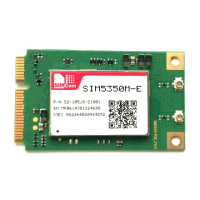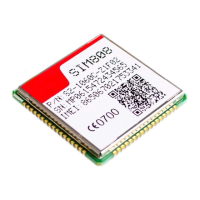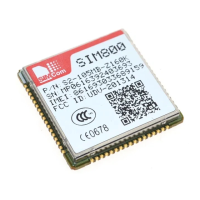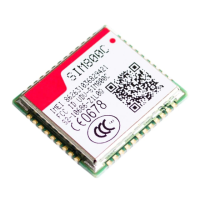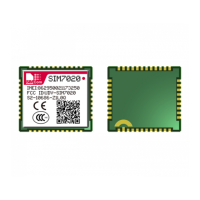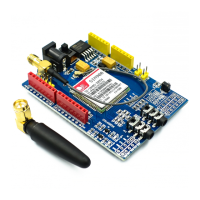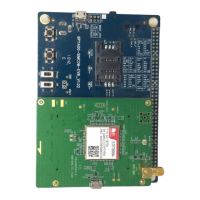SIM5300E AT Command Manual V1.02
When you need to enter a series of AT commands on separate lines, please Note that you need to wait the
final response (for example OK, CME error, CMS error) of last AT Command you entered before you enter
the next AT Command.
1.5 Supported character sets
The SIM5300E AT Command interface defaults to the IRA character set. The SIM5300E supports the
following character sets:
GSM format
UCS2
HEX
IRA
The character set can be set and interrogated using the "AT+CSCS" Command (3GPP TS 27.007).The
character set is defined in GSM specification 3GPP TS 27.005.
The character set affects transmission and reception of SMS and SMS Cell Broadcast messages, the entry
and display of phone book entries text field and SIM Application Toolkit alpha strings.
1.6 Flow control
Flow control is very important for correct communication between the GSM engine and DTE. For in the
case such as a data or fax call, the sending device is transferring data faster than the receiving side is ready
to accept. When the receiving buffer reaches its capacity, the receiving device should be capable to cause
the sending device to pause until it catches up.
There are basically two approaches to achieve data flow control: software flow control and hardware flow
control. SIM5300E support both two kinds of flow control.
In Multiplex mode, it is recommended to use the hardware flow control.
1.6.1 Software flow control (XON/XOFF flow control)
Software flow control sends different characters to stop (XOFF, decimal 19) and resume (XON, decimal 17)
data flow. It is quite useful in some applications that only use three wires on the serial interface.
The default flow control approach of SIM5300E is hardware flow control (RTS/CTS flow control), to enable
software flow control in the DTE interface and within GSM engine, type the following AT Command:
AT+IFC=1, 1
Ensure that any communications software package (e.g. Hyper terminal) uses software flow control.
Note: Software Flow control should not be used for data calls where binary data will be transmitted
or received (e.g. TCP/IP) as the DTE interface may interpret binary data as flow control characters.
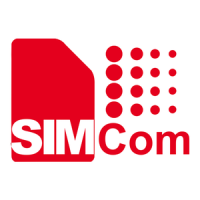
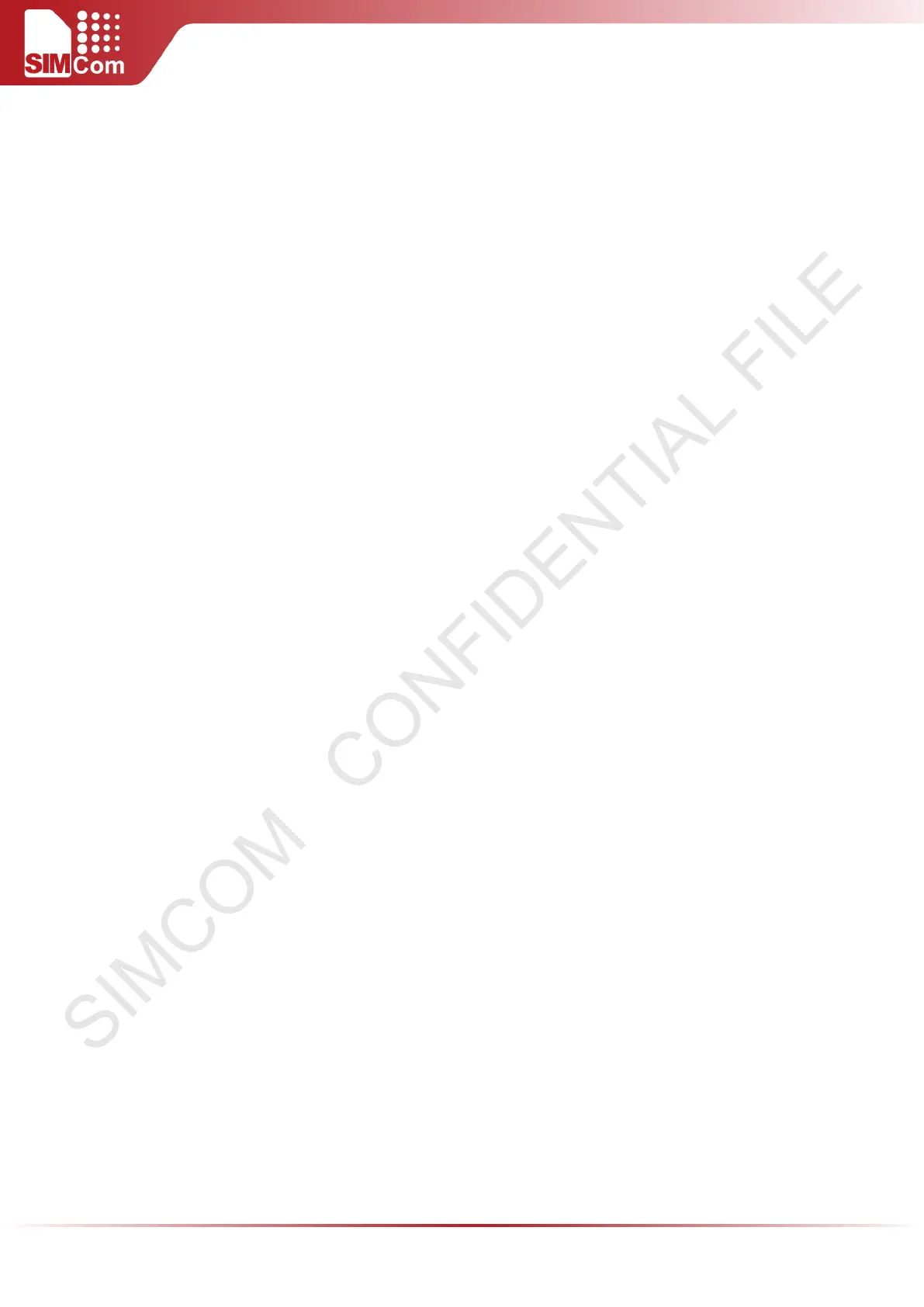